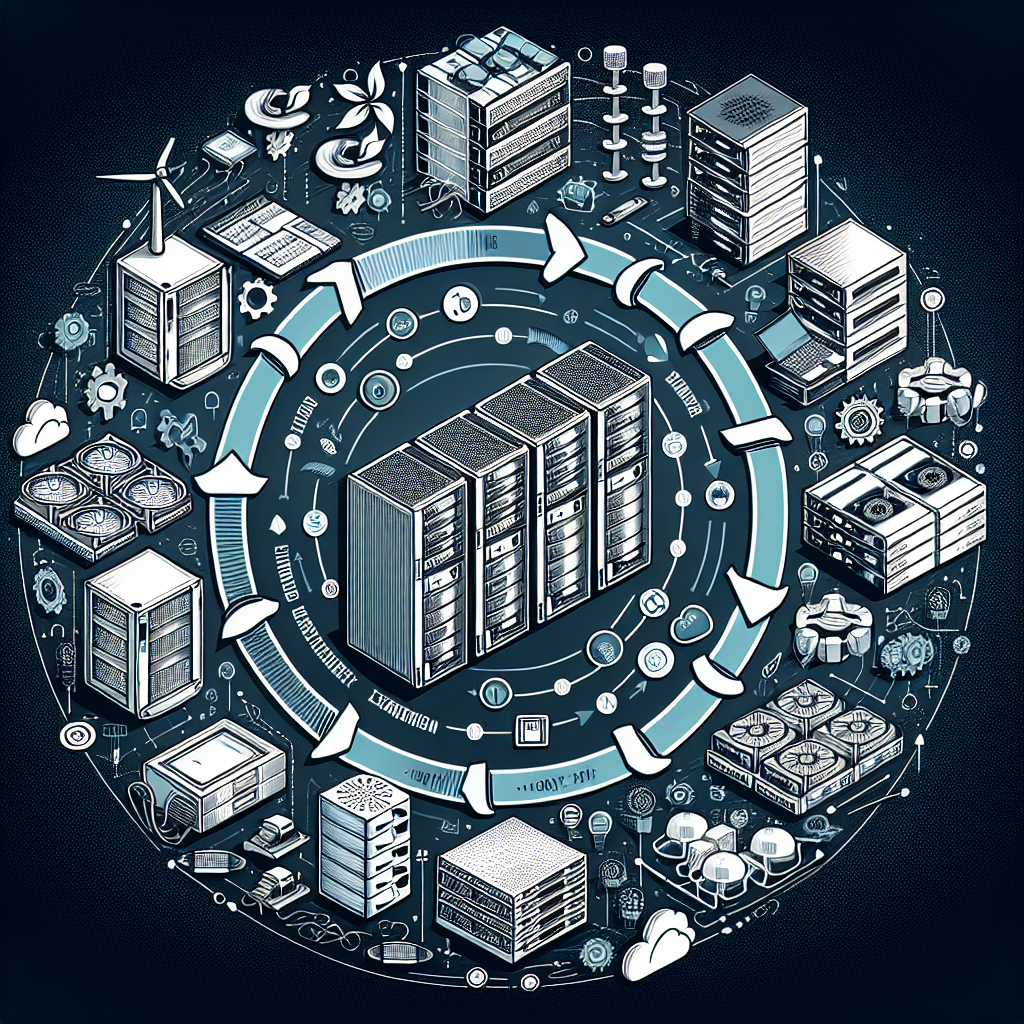Data centers have become the backbone of modern businesses, serving as the nerve center for all digital operations. As the demand for data storage and processing continues to grow exponentially, the management of data center lifecycle has become increasingly crucial for organizations to ensure efficiency, reliability, and cost-effectiveness.
The evolution of data center lifecycle management has seen significant advancements in recent years, driven by technological innovations, changing business requirements, and environmental concerns. In this article, we will explore the trends and best practices shaping the future of data center lifecycle management.
One of the key trends in data center lifecycle management is the shift towards automation and artificial intelligence (AI). Automation tools and AI algorithms are being used to optimize data center operations, improve efficiency, and reduce human error. By automating routine tasks such as capacity planning, resource allocation, and performance monitoring, organizations can streamline their operations and minimize downtime.
Another important trend in data center lifecycle management is the focus on sustainability and environmental responsibility. With the increasing awareness of the environmental impact of data centers, organizations are adopting green practices such as energy-efficient cooling systems, renewable energy sources, and responsible e-waste disposal. By implementing sustainable practices, organizations can reduce their carbon footprint and contribute to a more sustainable future.
Furthermore, data center lifecycle management has also evolved to address the challenges of hybrid and multi-cloud environments. As organizations increasingly adopt cloud computing and hybrid infrastructure models, managing data across multiple platforms and locations has become a complex task. Best practices in data center lifecycle management now include strategies for seamless data migration, integration, and security across diverse cloud environments.
In addition, the need for data center resilience and disaster recovery has become a top priority for organizations. With the increasing frequency of cyberattacks, natural disasters, and system failures, ensuring the continuity of operations is essential. Best practices in data center lifecycle management now include robust backup and recovery strategies, redundant systems, and real-time monitoring to mitigate risks and minimize downtime.
Overall, the evolution of data center lifecycle management is driven by the need for efficiency, reliability, and sustainability in the face of increasing data demands and technological complexities. By adopting automation, green practices, hybrid cloud strategies, and resilience measures, organizations can ensure the optimal performance of their data centers and stay ahead in the digital age.

Leave a Reply
You must be logged in to post a comment.